Female serial killers have left an indelible mark on history, with their crimes often as shocking as they are rare. In this article, we’ll explore some of the most famous female serial killers in history, shedding light on the twisted minds behind these murders and the lasting impact their actions have had on society.
Table of Contents
What makes someone a serial killer?
A serial killer (also called a serial murderer) is a person who murders at least two or three people, with the killings taking place over a significant time in separate events. A serial killer is often shaped by a combination of deep psychological issues, like childhood trauma or mental illness, and negative social influences, such as a violent upbringing or isolation. These factors can create a person who feels a compulsive need for control and power, leading them to kill repeatedly.
List of Famous Female Serial Killers
We look at some of the most horrifyingly ruthless woman serial killers ever. Many used arsenic as their deadly weapon, and some killed over 100 people. In this article, we’ve put together the list of female serial killers of all time.
1. Aileen Wuornos:
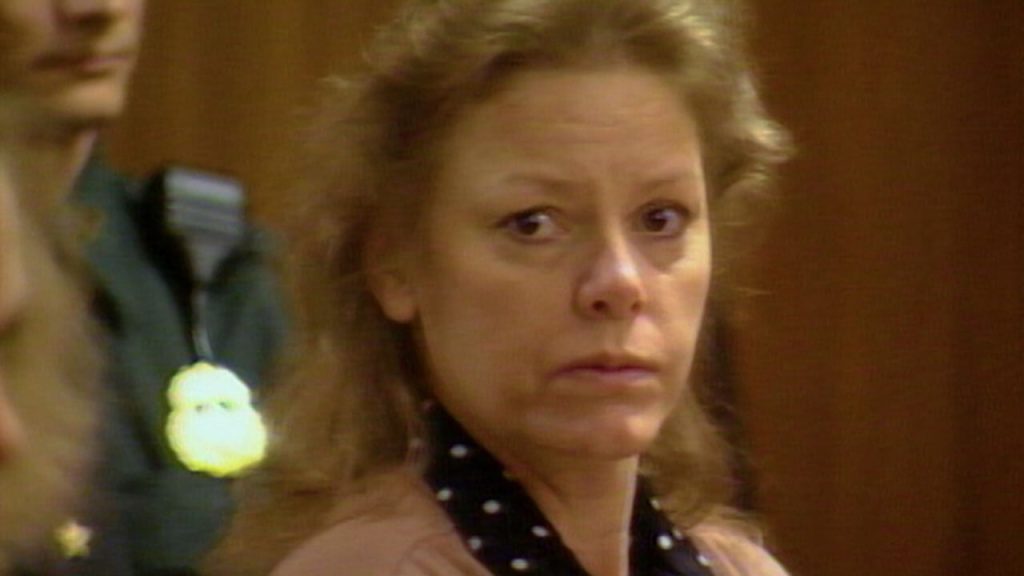
Aileen Wuornos was an American serial killer who became widely known for her crimes and the subsequent media coverage. Aileen Wuornos, born on February 29, 1956, in Rochester, Michigan, had a troubled childhood marked by abuse, neglect, and early criminal behavior. She turned to prostitution in her teens to support herself.
Between 1989 and 1990, Wuornos murdered seven men in Florida, claiming they had either assaulted or attempted to assault her during the acts of prostitution.
She was arrested in January 1991 and later confessed to the murders, asserting that they were committed in self-defense.
2. Judias Buenoano:
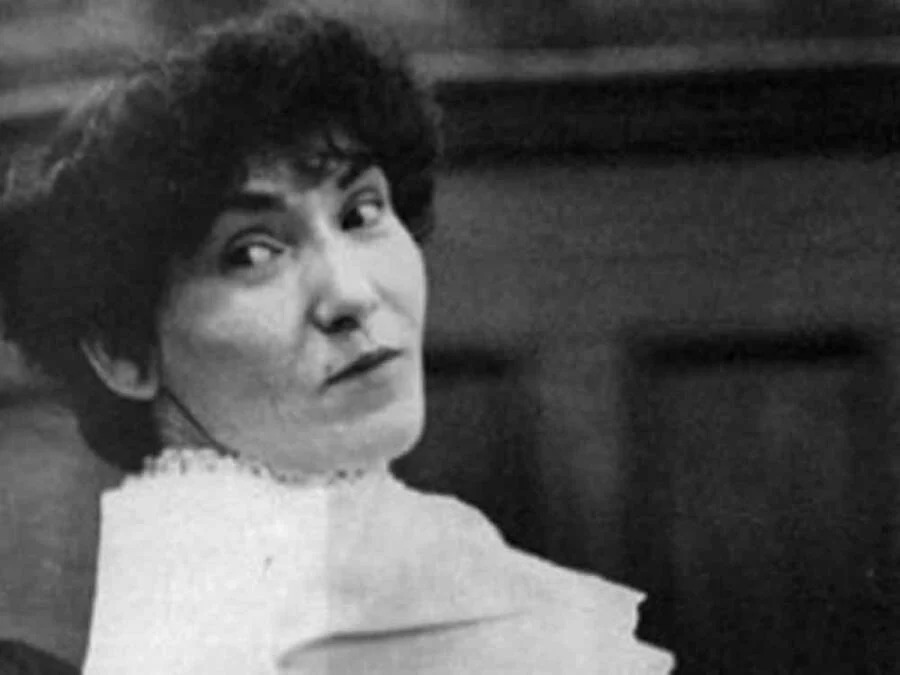
Judiás Buenoano became known as the “Black Widow” due to the pattern of her crimes, which involved the systematic killing of those close to her, typically for financial gain.
Judias Buenoano, often called the “Black Widow,” was a female serial killer whose crimes shocked the nation. Born in 1943, she led a seemingly ordinary life, but behind the scenes, she was plotting deadly schemes to enrich herself.
Between the 1970s and 1980s, Buenoano murdered her husband by poisoning him, drowned her son after he became mysteriously ill, and attempted to kill her boyfriend with a car bomb. Her motive was simple but chilling: she wanted to cash in on life insurance policies. Buenoano’s cunning and greed eventually caught up with her. In 1998, she became the first woman to be executed in Florida in over 150 years. Her story is a haunting reminder that evil can sometimes hide in plain sight.
Infamous women criminals highlight the complex and diverse motivations behind their actions, proving that criminal behavior transcends gender.
3. Juana Barraza:
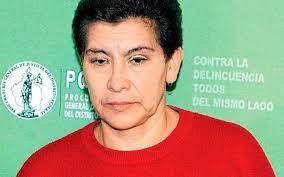
This unsuspecting luchador Juana Barraza Samperio is considered the first official serial killer in Mexico, terrorizing the country in the early 2000s by murdering elderly women in their homes.
Born to a sex worker and abandoned in her youth, Barraza told police that she killed elderly women because of the anger she held toward her mother. “I hated old women because my mom mistreated me. She always cursed me. She gave me away to an old man, and I was abused,” she told reporters in 2016. Barraza posed as a social worker and befriended an elderly woman in Mexico City, convincing them to allow her into their homes. Once behind closed doors, she’d strangle and beat them to death, occasionally taking items of religious significance in the process. As police searched for the suspect, initially described as a transvestite nurse by authorities, Barraza performed in lucha libre wrestling matches.
Police later caught her after a victim’s tenant walked into the home moments after Barraza had committed the act. The tenant pursued Barraza, who was later arrested and convicted of at least 11 murders, according to This unsuspecting luchador is considered the woman serial killer in Mexico, terrorizing the country in the early 2000s by murdering elderly women in their homes.
Born to a sex worker and abandoned in her youth, Barraza told police that she killed elderly women because of the anger she held toward her mother. “I hated old women because my mom mistreated me. She always cursed me. She gave me away to an old man, and I was abused,” she told reporters in 2016. Barraza posed as a social worker and befriended an elderly woman in Mexico City, convincing them to allow her into their homes. Once behind closed doors, she’d strangle and beat them to death, occasionally taking items of religious significance in the process.
As police searched for the suspect, initially described as a transvestite nurse by authorities, Barraza performed in lucha libre wrestling matches. Police later caught her after a victim’s tenant walked into the home moments after Barraza had committed the act. The tenant pursued Barraza, who was later arrested and convicted of at least 11 murders, according to the Guardian.
4. Jane Toppan:
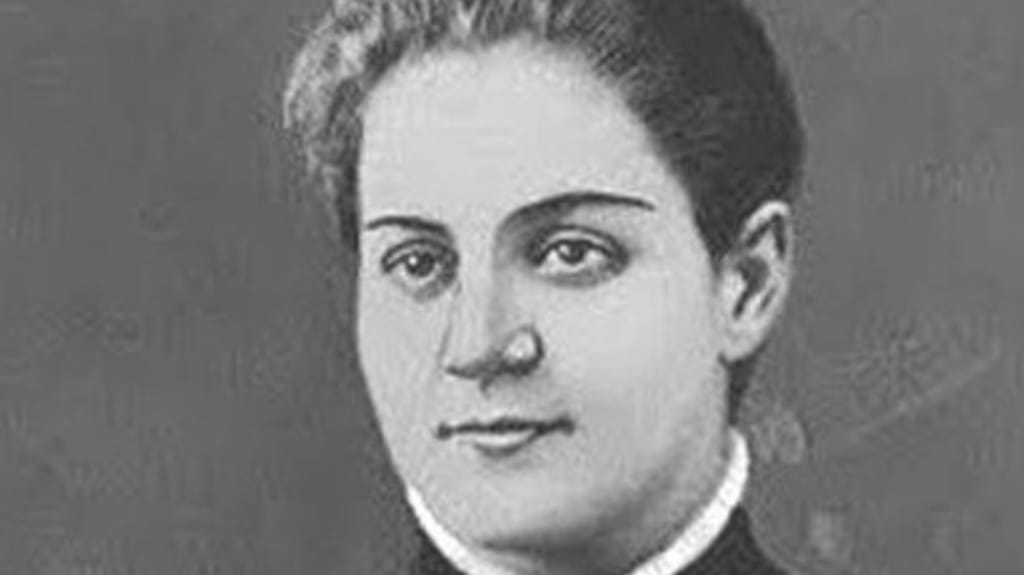
Jane Toppan started working as a nurse in 1885. She trained at Cambridge Hospital, where she enjoyed testing medications on her patients – without doctor’s orders.
Jane Toppan, born Honora Kelley in 1854, appeared to be a kind and caring nurse. Known for her cheerful personality, she earned the nickname “Jolly Jane.” However, behind this pleasant facade was a woman with a dark and deadly secret.
Over the years, Jane used her position as a nurse to poison and kill at least 31 people, though she later claimed the number was much higher. Her victims included patients, friends, and even her family members. What made her crimes even more chilling was her fascination with death and the power she felt in controlling life. Jane’s story shocked the nation, revealing that even the most trustworthy can hide the darkest intentions. Her case remains one of the most infamous examples of a female serial killer, challenging the traditional perceptions of violence and criminal behavior.
5. Myra Hindley:
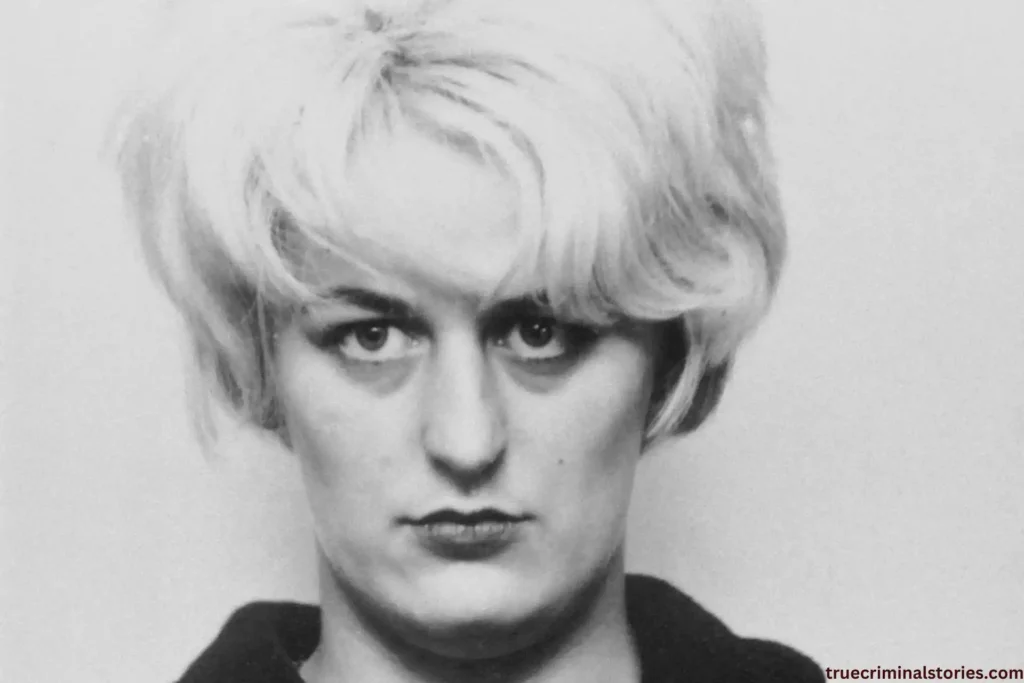
Myra Hindley was an English Women serial killer. In partnership with Ian Brady, she committed the rapes and murders of five small children. Hindley’s 17-year-old brother-in-law tipped off the police about her crimes. Hindley pleaded not guilty to all of the murders. She was found guilty of three murders and was jailed for life. She was never released and died in prison in 2002.
Hindley grew up with her grandmother in Manchester, England. A close friend died when she was fifteen, causing her to leave school and take up Roman Catholicism. She met Ian Brady in 1961.
Brady tested her blind allegiance by including her in plans to rape and murder someone, and Hindley agreed. Pauline Reade, 16, was the first victim that they raped and murdered. Their other victims, John Kilbride, Keith Bennett, Lesley Ann Downey, and Edward Evans, were all minors. Hindley’s brother witnessed the last murder and called the police. Brady told him that the others were buried on Saddleworth Moor, which coined them the Moor Murderers.
They stood trial in 1966 and pleaded not guilty to three of the five murders. Brady was found guilty of three murders, and Hindley was found guilty of two murders, both sentenced to life. In 1970, Hindley broke all contact with Brady, and in 1987, she released a full confession to the media in her involvement in the murders. She applied for parole many times, but all were denied.
Myra Hindley died of respiratory failure in 2002 at the age of sixty. Ian Brady died of natural causes in 2017 at the age of seventy-nine.
6. Amelia Hobley Dyer:
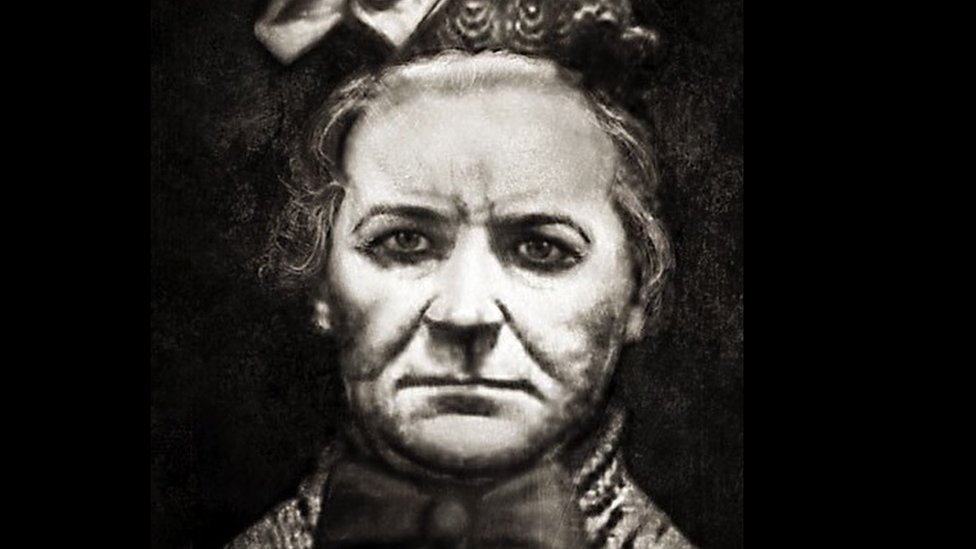
Amelia Dyer, one of the most notorious woman serial killers, is often remembered as a grim symbol of the darker aspects of Victorian society. Born in 1837 in the small village of Pyle Marsh, near Bristol, England, Dyer’s early life was marked by a series of hardships, including the death of her mother when she was a child. She trained as a nurse and midwife, a profession that would eventually lead her down a path of unspeakable crimes. She went on to become a nurse as an adult. Instead of focusing her skills on helping people, she embarked on a career doing the exact opposite.
“Baby Farming” was a common practice in Victorian England, fueled by frantic single parents whose obvious unethical behavior implied they were kicked out of the workhouse.
Their options were limited to prostituting themselves, starving themselves, or discreetly “getting rid” of their child. Baby Farmers would propose taking the children away from them and providing them with an alternative future—albeit not a happy one. Instead, she killed them for profit, often by strangulation, and disposed of their bodies in the River Thames. Her actions led to the deaths of countless infants, making her one of history’s most notorious serial killers. Dyer was finally caught in 1896 and executed, marking the end of her gruesome reign.
The estimated number of her victims ranges from at least 200 to potentially as many as 400 or more, Still the exact confirmed number is not definitively known due to the nature of her crimes.
7. Kristen Gilbert:
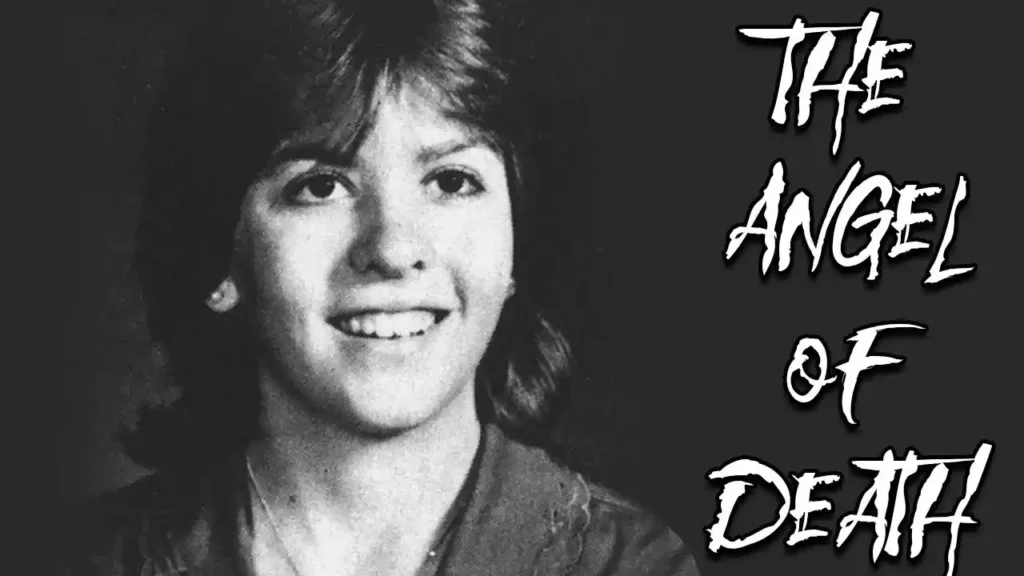
Kristen H. Gilbert known, as the angle of death, was born in 1967 in Fall River, Massachusetts, a large city about 50 miles south of Boston. Kristen Gilbert worked as a registered nurse at the Veterans Affairs (VA) Medical Center in Northampton, Massachusetts, during the 1990s. While her job involved caring for patients, Gilbert’s actions were anything but caring. Instead, she engaged in a series of heinous crimes, murdering at least four patients and attempting to kill several others.
A nurse in the 1990s murdered patients in a hospital setting by injecting them with lethal doses of epinephrine, causing fatal heart attacks. She then positioned herself as the hero by responding to the emergencies she had created.
Method of murder: Poisoning (injecting them with overdoses of epinephrine)
Gilbert had two sons with Glenn Gilbert before they divorced in 1998. At the time of her arrest, she lived in Setauket, New York.
8. Nannie Doss:
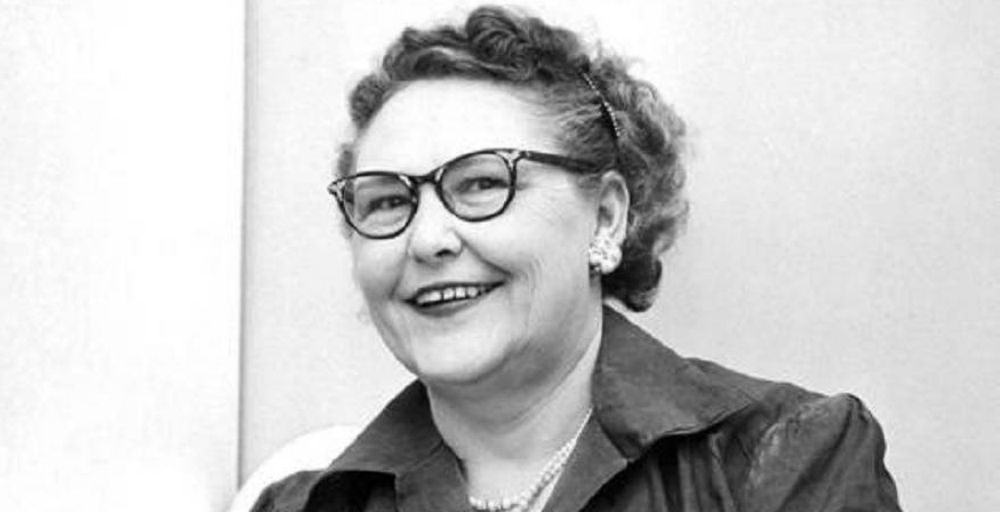
Nannie Doss, born Nancy Hazel on November 4, 1905, in Blue Mountain, Alabama, became known as the “Giggling Granny” due to her cheerful demeanor and unsettling habit of laughing during her confessions. Her life was marked by a series of tragic and often suspicious deaths within her family, over three decades.
Nannie Doss’s killing spree began in the 1920s and continued until her arrest in 1954. Her preferred method of murder was poisoning, typically using arsenic or rat poison. She targeted family members, including four of her five husbands, her mother, two of her sisters, two of her children, a grandson, and a mother-in-law. Doss was driven by a combination of greed and dissatisfaction with her relationships. She often collected life insurance policies on her victims before killing them. Her murders went undetected for many years, partly because she seemed like a harmless, loving grandmother.
Nannie Doss was finally caught in 1954 after the death of her fifth husband, Samuel Doss. His sudden and unexpected death led to an autopsy, which revealed high levels of arsenic in his system. Faced with the evidence, Nannie confessed to killing 11 people.
She was sentenced to life in prison in 1955, avoiding the death penalty due to her gender and age. She died of leukemia in 1965 while still incarcerated. Nannie Doss remains one of America’s most notorious female serial killers. Her case shocked the nation, as she defied the stereotype of a loving, nurturing grandmother. Instead, she was revealed to be a cold-blooded killer who used her charm and familial bonds to mask her deadly intentions.
Similar “Serial Killers” Criminal Stories
- Pedro López: The Monster of the Andes
- Luis Alfredo Garavito: The Serial Beast
- Serial Killers in the 1980s: A Dark Decade
- The Chilling Case of Ben Doberman Serial Killer
Conclusion
The cases of famous female murderers demonstrate that women are capable of committing calculated and violent crimes, challenging conventional notions of gender and criminality. The famous female serial killers, though less common than their male counterparts, reveal that women can commit equally heinous crimes, often using manipulation and societal roles to their advantage. These cases underscore the importance of understanding the diverse factors that drive individuals to such extreme acts.
FAQs
What percent of serial killers are female?
Gender associations with serial murderers almost always skew male. In fact, only 10% of the total murders committed in the United States are by women. Interestingly, they are responsible for 17% of all serial murders; therefore, a female offender is more likely to be in this group
Who was the first known female serial killers?
The legend of Lavinia Fisher, the first known female serial killer in the U.S., is over a century old, dating back to the early 1800s
What female serial killer killed children?
Marie Noe is an American woman convicted in 1999 of murdering eight of her children between 1949 and 1968. Waneta Hoyt was an American serial killer who was convicted of killing all five of her children between 1965 and 1971.
Who was the iconic woman serial killers?
Aileen Wuornos is one of the most popular woman serial killers in the US owing to how much her case and trial contributed to the conversations around crime and gender.
How many female serial killers are there?
They’re a more unique breed, only representing about 16.7% of serial killers.